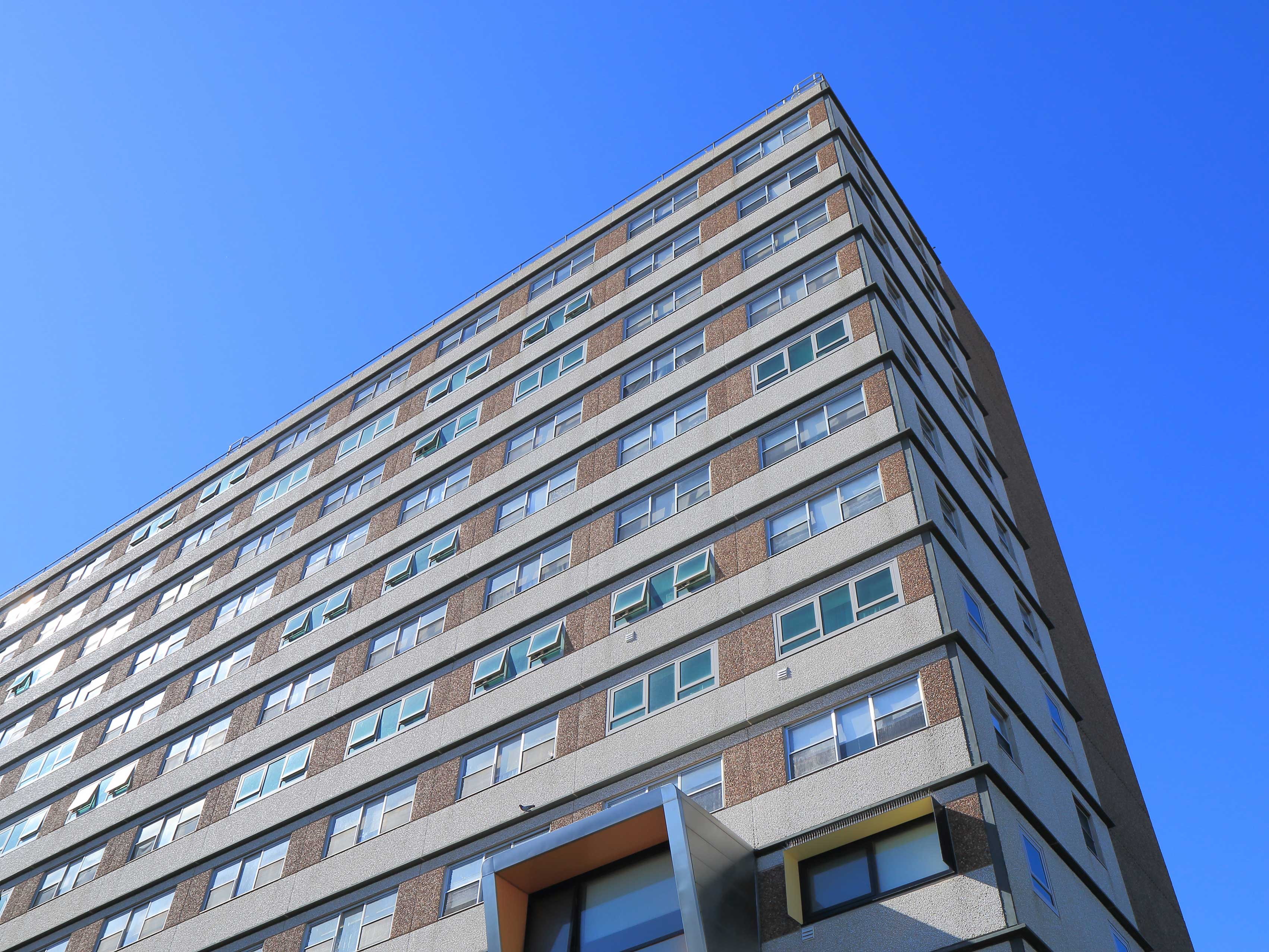24 August 2021
4 min read
#Construction, Infrastructure & Projects, #Property & Development, #Environmental, Social and Governance (ESG)
Published by:

Australia faces a number of challenges in its housing sector. Affordability is a constant concern in the capital cities, while many regional centres are suffering acute shortages of rental accommodation, making it more challenging to attract and retain a local workforce and capitalise on regional job opportunities. The COVID-19 pandemic has only accelerated these challenges due to heightened demand for property in the regions from city employees and also in the major cities with migration and wage growth stalling. As a result, policymakers and developers now face a testing time delivering housing stock that is both sufficient to meet demand and “fit for purpose” for the broader community.
Access to social and affordable housing is one area of particular concern, given increasing demand and a level of investment that, according to the National Housing Finance and Investment Corporation (NHFIC), falls short of overall household growth. The issue is gaining prominence at all levels of government and within communities. Among the factors of note is the impact on the infrastructure sector, in which investments with an emphasis on environmental, social, and governance issues (ESG) that also provide solid financial returns are highly prized.
Indeed, the natural alignment between ESG considerations and social or affordable housing provides opportunities for private-sector developers and investors in this emerging infrastructure asset class. Equally, there are opportunities for governments to leverage private-sector developers and investors attracted by the potential for long-term stable returns, but also looking for their portfolios to deliver positive social outcomes. This intersection of interests would seem a natural focus of collaboration for government, developers, housing providers, and investors through the use of partnership or alliance models, as we’ve recently seen with the initial phases of the Public Housing Renewal Program (PHRP) in Victoria and the Community Housing Redevelopment Program (CHRP) in New South Wales.
Social and affordable housing, by their nature, involve some level of subsidy—and therefore are made available at a discount to market—given that the housing is provided to people on low to moderate incomes. Broadly speaking, social housing is set out at up to 30 per cent of a tenant’s income, while affordable housing is set at no more than 75 per cent of market rent.
Invariably, then, this is an infrastructure class requiring some level of government support, whether financial or nonfinancial, to ensure economic viability. The support required mirrors many of the same supports provided in traditional infrastructure asset classes, including operational or tax subsidies; long-term concessional debt finance (such as that provided by the NHFIC); the grant of land at no cost, at a significant discount or on peppercorn lease terms; as well as expedited planning and project processes that facilitate “commercial” elements of a housing development (i.e., housing sold or rented at market values) cross-subsidising those social and affordable housing components which would otherwise be uneconomic in their own right.
One important mechanism that can be used to close this funding gap, and with which the infrastructure investment sector is quite familiar, is the payment of operating subsidies by the government to the private developer or operator, tied to various performance measures relating to use, operation, maintenance, and availability. This mechanism, and the provision of concessional debt finance from the NHFIC, were featured in the first housing package to reach financial close under the PHRP in Victoria.
Under the recently announced first stage of the PHRP (project value of approximately AU$500 million), public-housing estates in several metropolitan Melbourne suburbs will be redeveloped, delivering some 745 social or rent-reduced units and 365 homes for private rent, replacing 445 outdated homes. The project is structured as a quasi-public-private partnership (PPP) and involves an innovative ground-lease model with nominal rent and periodic service payments from Homes Victoria for the ongoing operation and maintenance of the residences by the project proponent during the 40-year lease term. At the end of the lease, the land and houses will be handed back to Homes Victoria.
A first for Australia, the project demonstrates the potential for partnership or alliance models, such as PPPs, to drive the delivery of social and affordable housing and the opportunities as an investment model for infrastructure funds looking to deploy capital for long-term returns while helping deliver positive social outcomes for the community.
For governments, these alliances represent a chance to leverage much-needed investment from the private sector, ensuring standards and responsibility for ongoing management and maintenance of community housing stock while retaining ownership of the asset in public hands—all at a time of low interest rates, strong investment appetite for infrastructure assets (and potentially significant foreign investment interest in Australian assets when pandemic travel and other restrictions are lifted), and an alignment of public, community, and business interests in ESG commitments. As a significant land holder, government could also look to “recycle” underused land assets through PPP structures while ensuring that they ultimately remain in government hands and are not privatised.
If you have any legal enquiries regarding social and affordable housing, specialist disability accommodation, build-to-rent and multi-use precinct developments with a housing component, please contact us.
Disclaimer
The information in this publication is of a general nature and is not intended to address the circumstances of any particular individual or entity. Although we endeavour to provide accurate and timely information, we do not guarantee that the information in this article is accurate at the date it is received or that it will continue to be accurate in the future.
Published by: